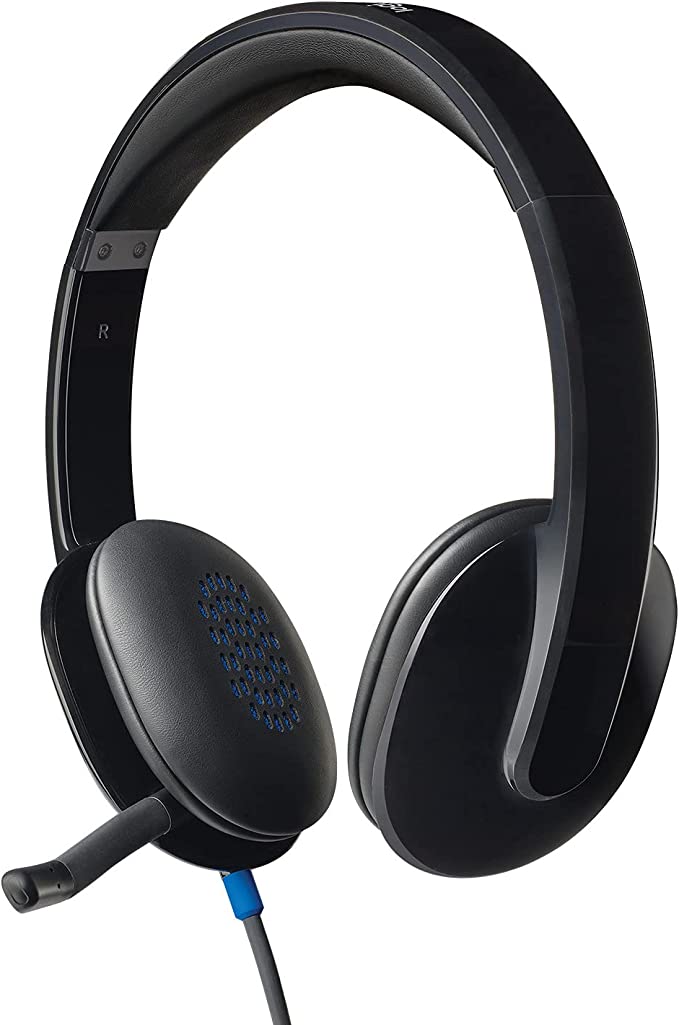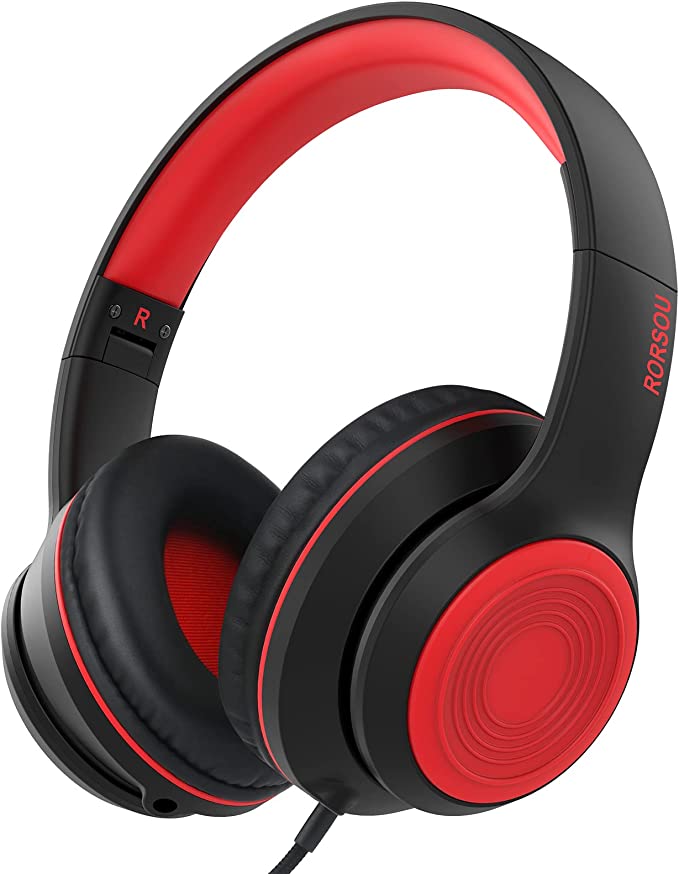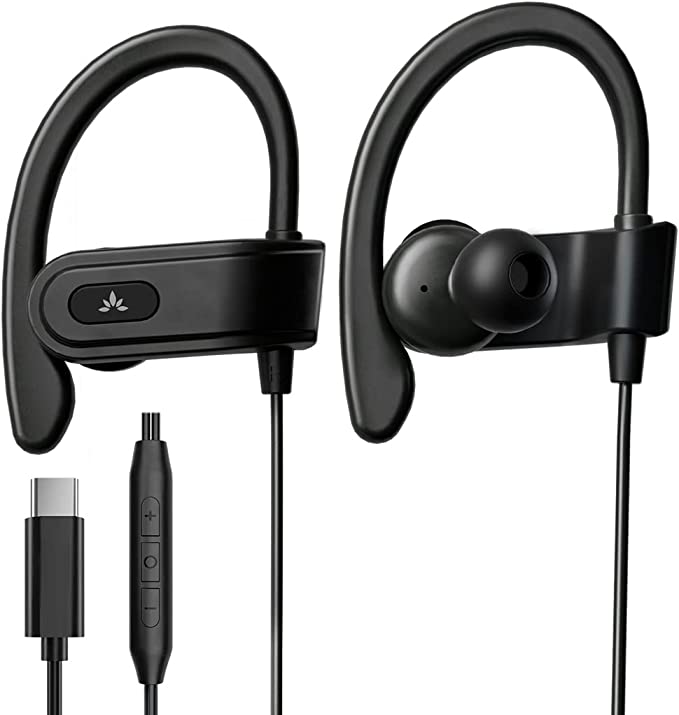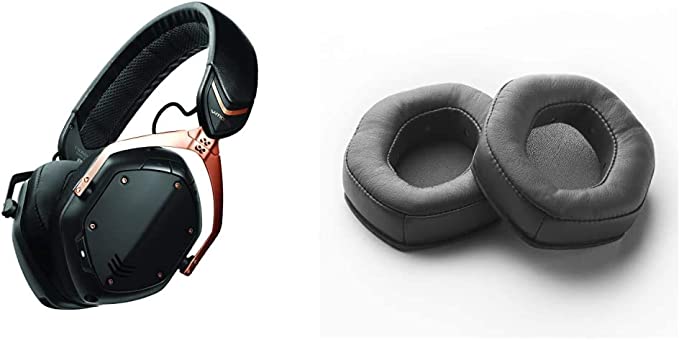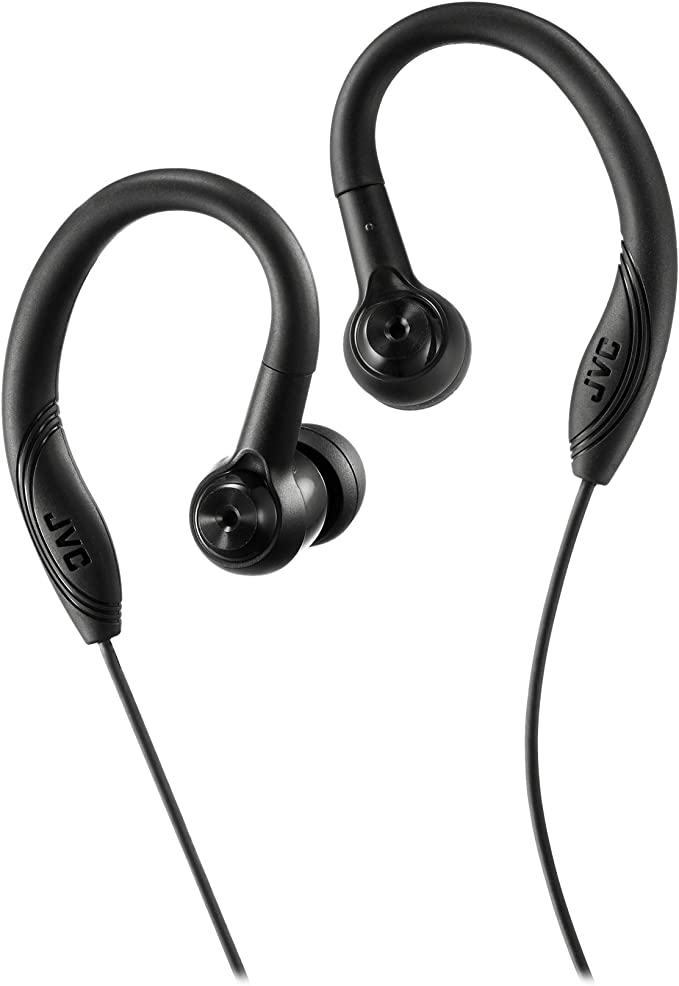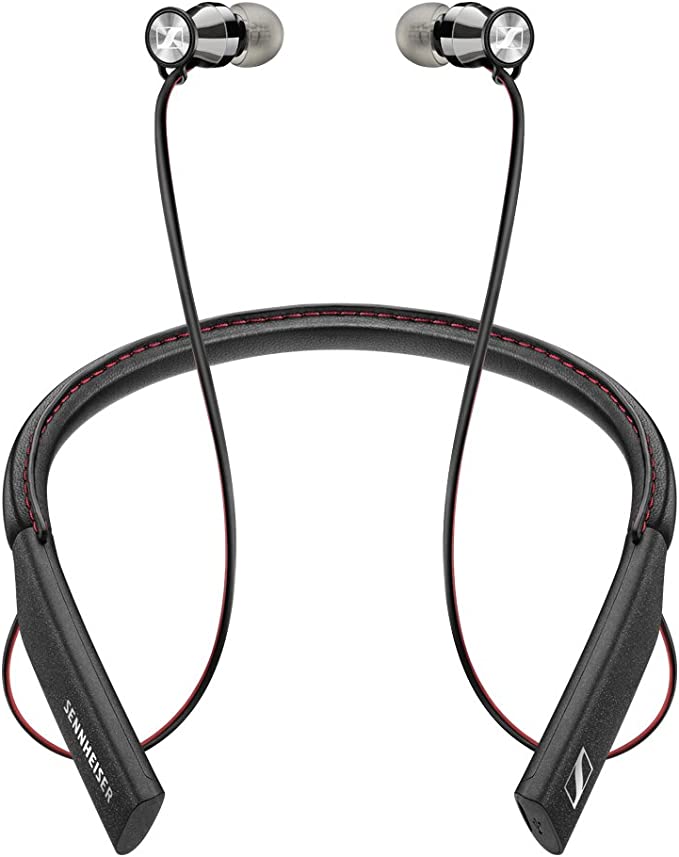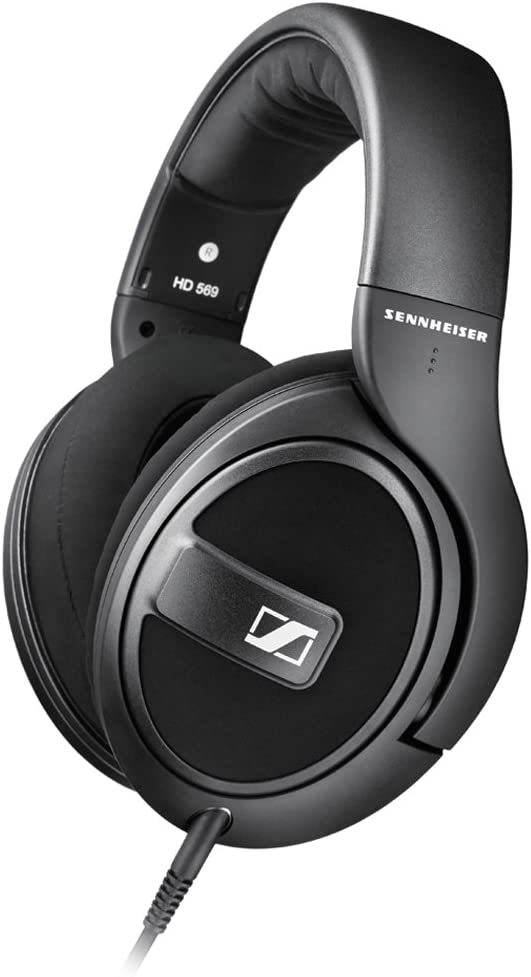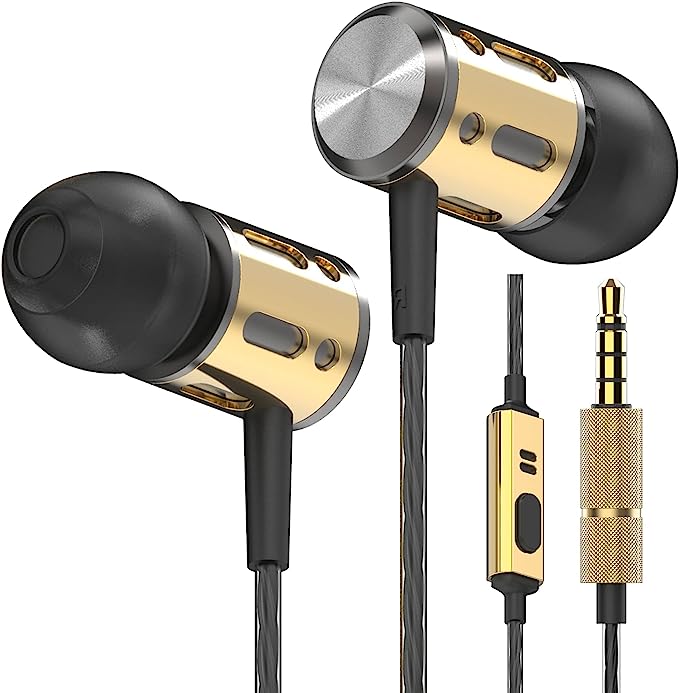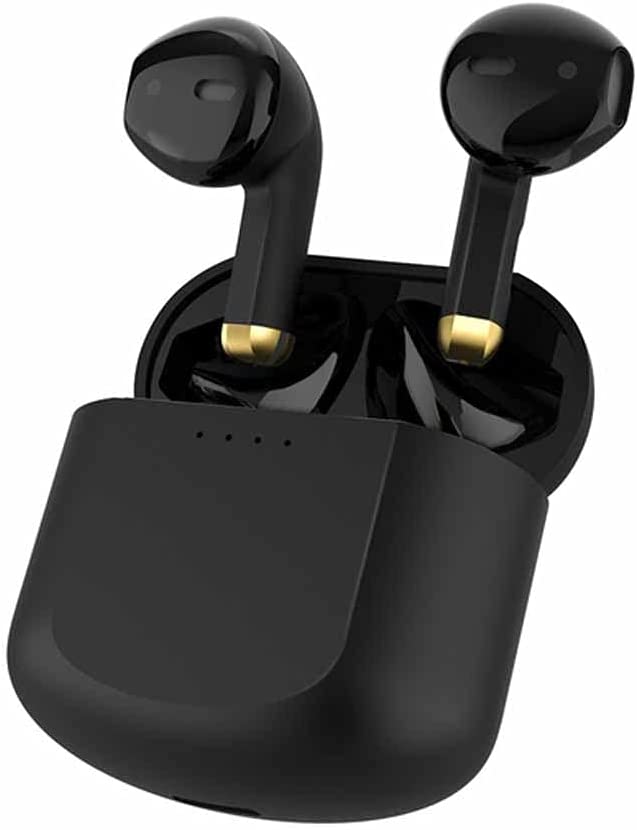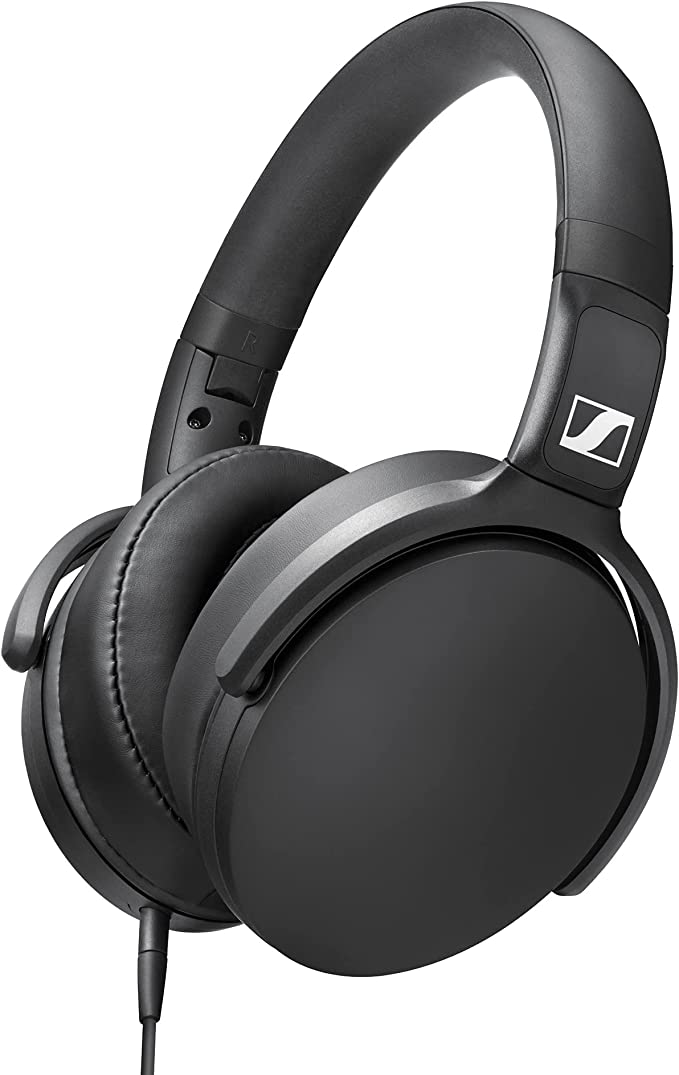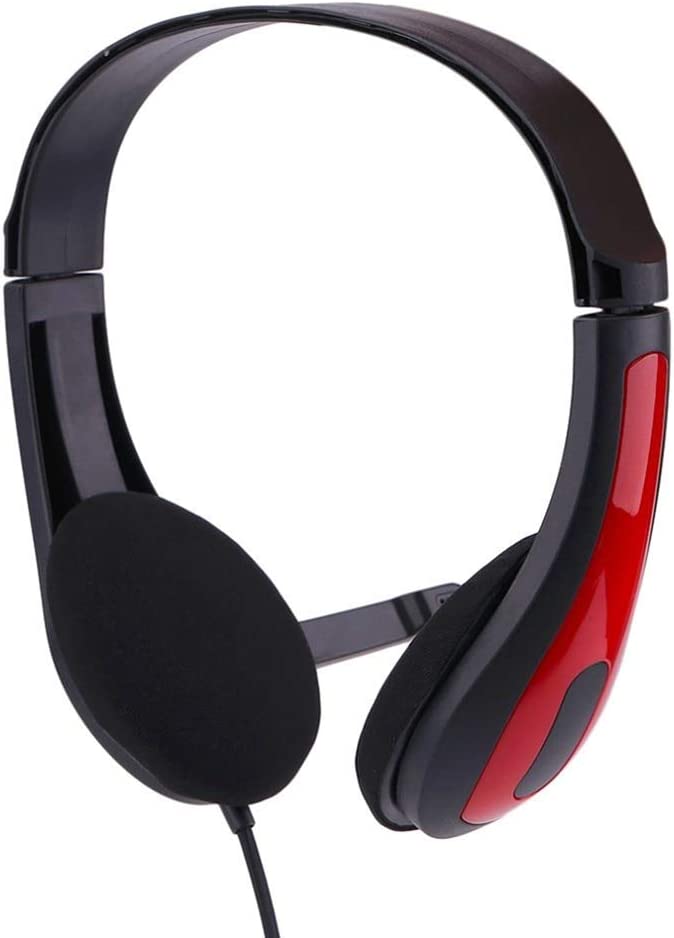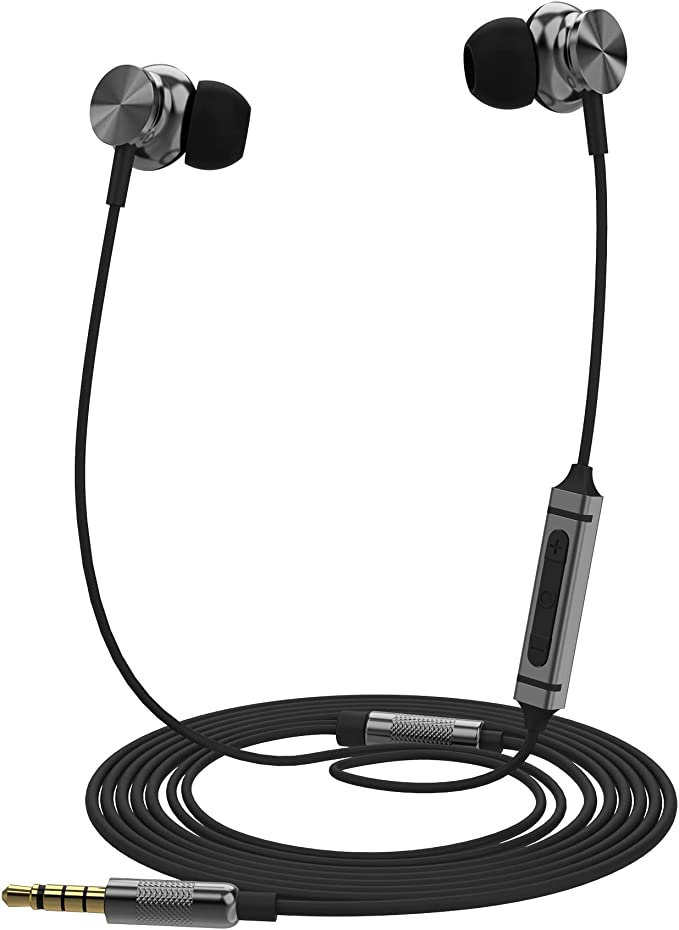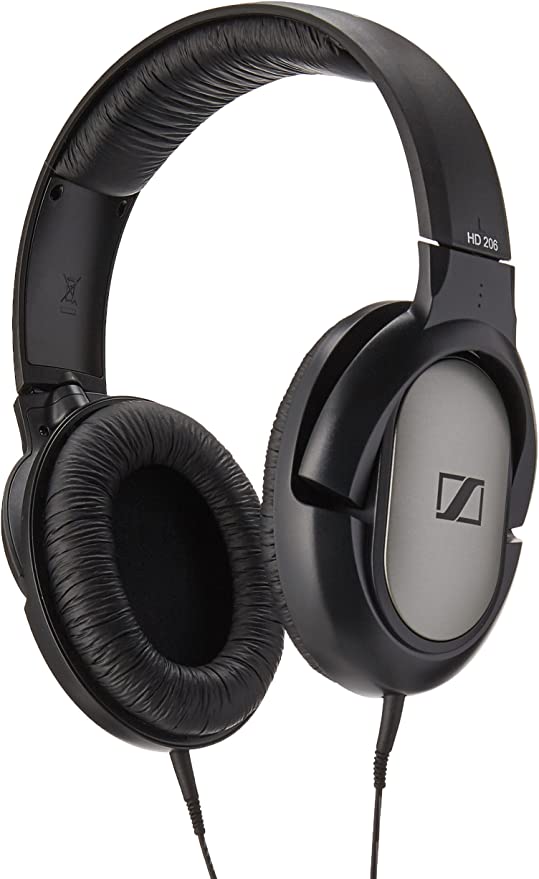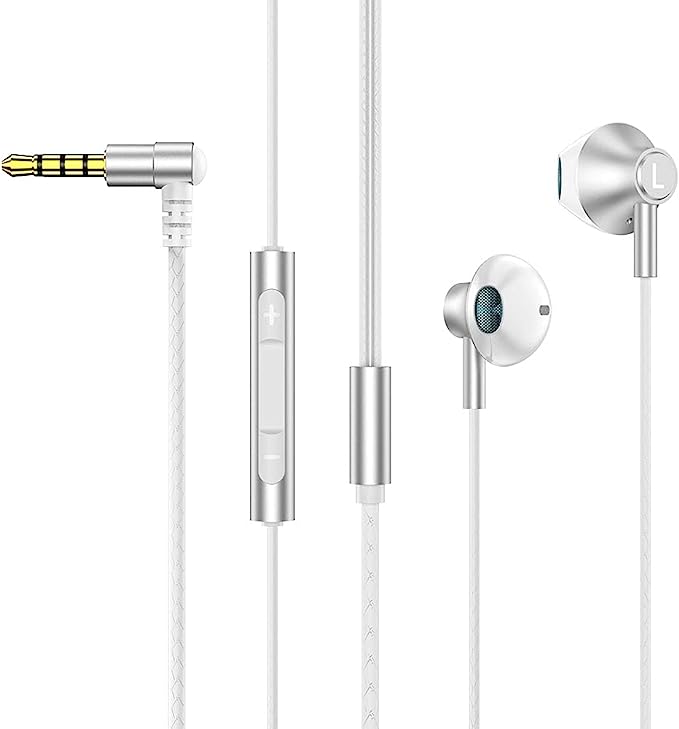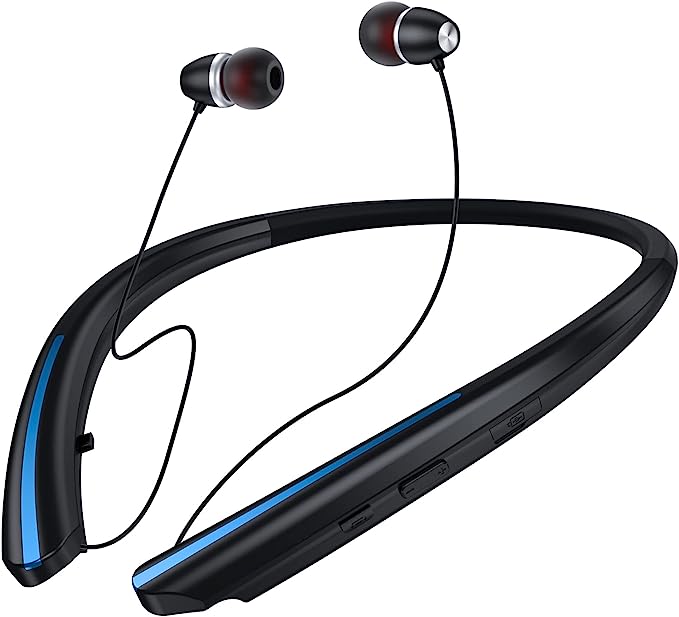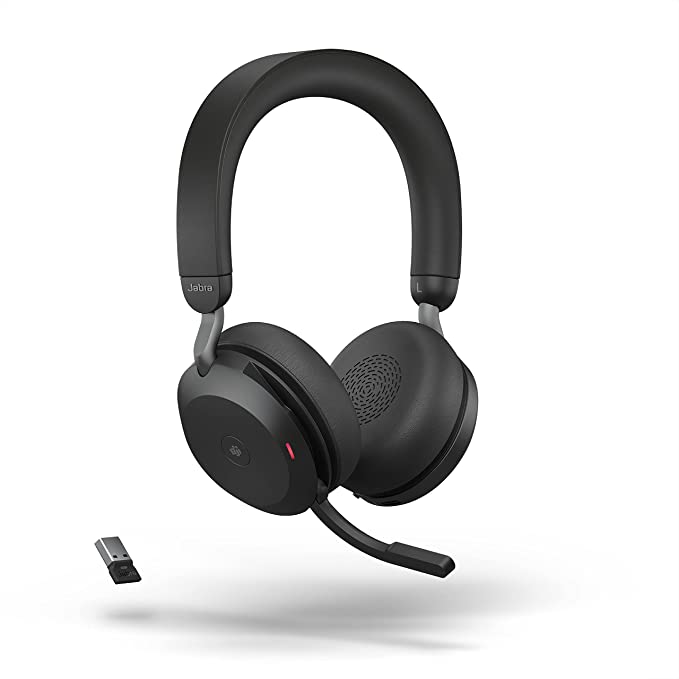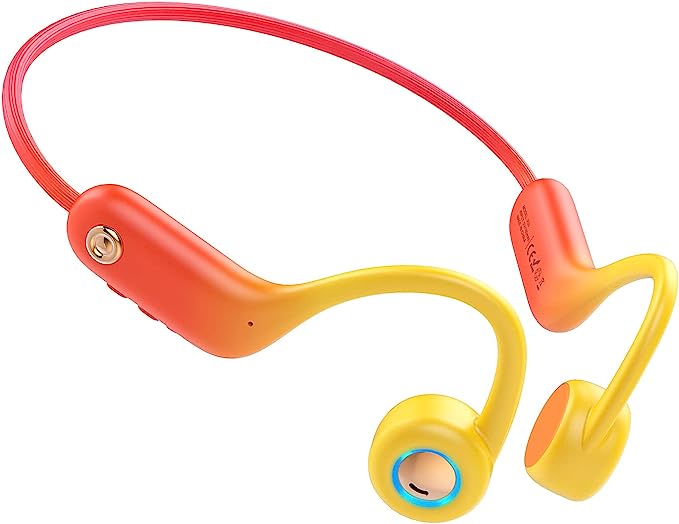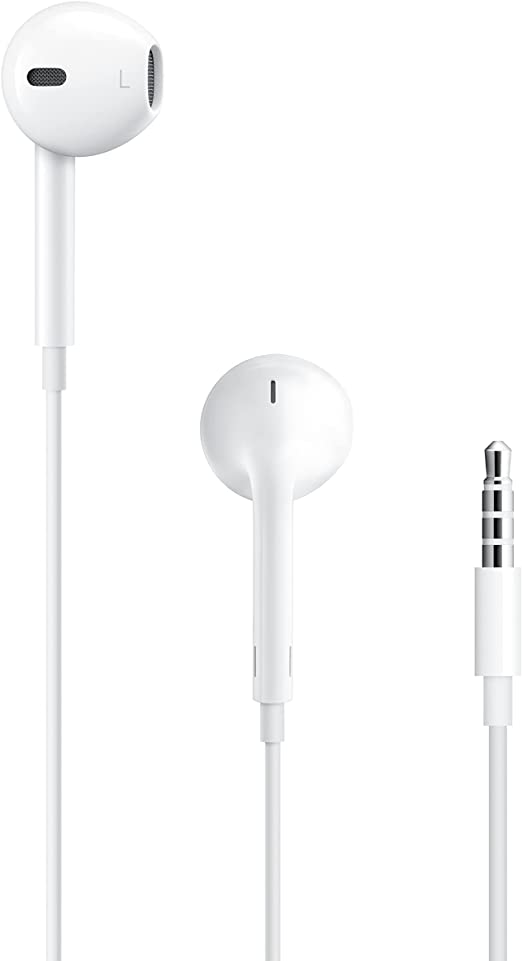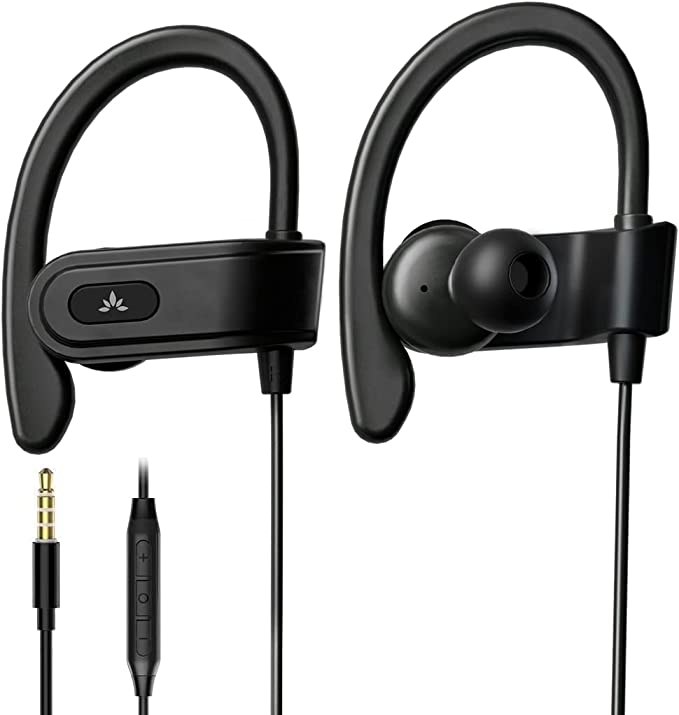Avantree TR504 IPX5 Sweat Resistant Sport Earbuds - Excellent Wired Earbuds for Workouts and Small Ear
Update on July 3, 2025, 4:21 a.m.
There’s a moment every runner, every gym-goer, every person in motion has experienced. It’s a slow-motion catastrophe. You feel a subtle shift, a loosening, a breach in the seal between you and your audio world. Then, gravity, that relentless opportunist, wins. Your earbud plummets, yanking you from your zone, the music now a tinny buzz dangling by your shoulder. It’s infuriating. And it leads to the fundamental question: in an age of pocket-sized supercomputers and missions to Mars, why is it so profoundly difficult to design an earbud that simply stays in your ear?
The answer, it turns out, has little to do with adhesive or magic. It lies in a deep, respectful dialogue with two formidable partners: human anatomy and the laws of physics. As an engineer who has spent years in the world of audio and ergonomics, I’ve come to see that the best designs don’t fight these forces; they partner with them. Let’s use a specific, thoughtfully designed piece of gear—the Avantree TR504 sport earbuds—not as a product to be sold, but as a case study to dissect. Let’s uncover the unseen science that separates frustration from flow.

Anatomy as the Ultimate Anchor
Before we even talk about an earbud, let’s talk about the incredible piece of biological architecture it’s designed to inhabit: your ear. We often think of our outer ear, the pinna, as a simple funnel for sound. It’s not. It’s a masterpiece of cartilage, a complex landscape of folds, ridges, and hollows like the concha and helix. According to Gray’s Anatomy, this structure is not just for show; its specific shape helps us determine the elevation of a sound source. But for our purposes, it’s something else entirely: a natural, perfectly formed anchor point.
Now, think about the forces at play during a run. With every footfall, a shockwave travels up your body—a vertical acceleration. When you turn your head, you introduce lateral forces. A standard, round earbud has only one point of contact to fight all of this: the friction inside your ear canal. For many, especially those with smaller or uniquely shaped ear canals, this is a losing battle.
This is where intelligent ergonomic design enters the conversation. An over-ear hook, like the one on the TR504, isn’t just a piece of plastic; it’s a biomechanical solution. Think of it like a mountaineer’s carabiner clipped to a secure point on a rock face. The hook loops over the top of the pinna, leveraging that sturdy cartilage ridge to bear the earbud’s minuscule weight. The downward pull of gravity is no longer acting on a single, unstable point inside the canal but is distributed across a large, stable structure. As one user with small ear canals fittingly described it, “This is the first pair I have ever had that stay in, even when I move around.” This isn’t a happy accident; it’s the direct result of design that understands anatomy.
Furthermore, the in-ear component itself is angled. This isn’t an aesthetic choice. Human ear canals, as studies in anthropometry show, don’t point straight into our heads; they angle slightly forward and downward. A well-designed earbud respects this, angling its nozzle to follow this natural path. This reduces pressure points and, combined with multiple tip sizes to create a perfect seal, maximizes surface contact and friction. It’s a system of stability built on anatomical partnership.

The Invisible Shield: Decoding the Language of Durability
Once we’ve won the battle against gravity, a new adversary emerges: chemistry. Sweat, a saline solution, is the arch-nemesis of electronics. This is where we encounter the term “sweatproof,” often thrown around as a vague promise. But in engineering, we prefer a more precise language: the Ingress Protection (IP) rating.
Standardized by the International Electrotechnical Commission (IEC) in their IEC 60529 document, the IP code is an international language for describing how well a device is sealed against solids and liquids. It’s the nutritional label for a product’s durability. The Avantree TR504 carries an IPX5 rating. Let’s decode it:
- IP: Stands for Ingress Protection.
- X: The first digit relates to protection against solids (like dust). An ‘X’ means it hasn’t been submitted for a formal rating in this category. For an earbud primarily battling liquid, this is a common and reasonable omission.
- 5: This is the critical number. It certifies that the enclosure is protected against low-pressure water jets from any direction.
What does that mean in the real world? Imagine holding the earbuds under a running tap. According to the standard, they should be fine. This level of protection is more than enough to handle profuse sweating or being caught in a sudden rain shower during a run. It is, however, crucial to understand the limit of this “invisible shield.” It signifies water resistance, not being waterproof. An IPX5 rating won’t survive a swim in the pool, which would require a higher rating like IPX7 (protection against temporary immersion). Understanding this code empowers you to know exactly what kind of protection you have.

The Sound of Sanity
With the earbuds secure and shielded, we can finally consider their primary purpose: sound. But here too, science offers a more nuanced perspective than simply “loud” or “clear.” The character of the sound, its “signature,” has a profound impact on our listening experience, especially over time.
Many popular headphones are tuned with a heavily boosted low-end, creating a powerful, thumping bass. While this can be exciting for a few minutes, it can quickly lead to listener fatigue. Think of it like a meal. A meal consisting only of rich, sugary dessert is initially thrilling, but you soon feel overwhelmed and unwell. A balanced sound signature, on the other hand, is like a nutritionally complete meal. It’s sustainable.
The TR504 is described as having a “well-balanced” sound with an “emphasis on mids and highs.” This is a deliberate engineering choice aimed at long-term comfort and clarity.
- The Mid-Range: This is where the core of most music, and most importantly, the human voice, resides. By keeping this range clear and present, the earbuds excel at rendering podcasts, audiobooks, and vocal-centric music with exceptional clarity. As one user noted, they’re great for listening to audiobooks while walking through traffic.
- The Highs: Well-defined high frequencies add detail and a sense of air, preventing the sound from feeling muddy or claustrophobic.
This type of tuning aligns with principles explored in psychoacoustics, the study of how humans perceive sound. Research bodies have even attempted to quantify an “ideal” sound, such as the Harman Target Curve, which notably features a clean bass and clear mid-range, not unlike the philosophy here. The goal is a sound that energizes your workout without exhausting your ears.
An Elegant Defense of the Wire
Finally, in a world rushing to sever every connection, we must address the most obvious feature of the TR504: its wire. While the convenience of wireless technology is undeniable, the choice to use a 3.5mm wired connection is not an oversight; it’s a stand for absolute reliability.
The 3.5mm TRS connector, whose origins trace back to telephone switchboards in the 19th century, is a marvel of robust, simple engineering. For a user in motion, it offers three distinct, physics-based advantages:
- Zero Latency: The audio signal travels as an analog electrical current, reaching your ears instantaneously. For runners who sync their stride to a beat or gamers who rely on instant audio cues, this is non-negotiable.
- Signal Purity: The signal is not digitally compressed and then decompressed, a process that, while very advanced in modern Bluetooth codecs, can still introduce artifacts. A wire offers the purest path from source to ear.
- Infinite Power: It draws its minuscule power requirement directly from the source device. It will never die mid-workout, a simple guarantee that provides immense peace of mind.
Choosing a wire is a trade-off, sacrificing some freedom for unassailable consistency. It’s a testament to a design philosophy that prioritizes core function over fleeting trends.

Design in Dialogue with Reality
A well-made tool, when you look closely, is never just an object. It’s the physical embodiment of solved problems. An earbud that stays put, resists the elements, and delivers clear, comfortable sound is not a product of chance. It is the result of a deep and continuous dialogue with the realities of the human body, the certainty of physics, and the nuanced needs of a user. By understanding the science woven into its design—the biomechanics of its fit, the standardized language of its durability, the psychoacoustics of its sound—we do more than just appreciate a single product. We gain a new lens, a framework for seeing the invisible intelligence embedded in the world all around us. And perhaps the next time a piece of technology serves you flawlessly, you’ll pause and appreciate the quiet, elegant science that made it possible.
